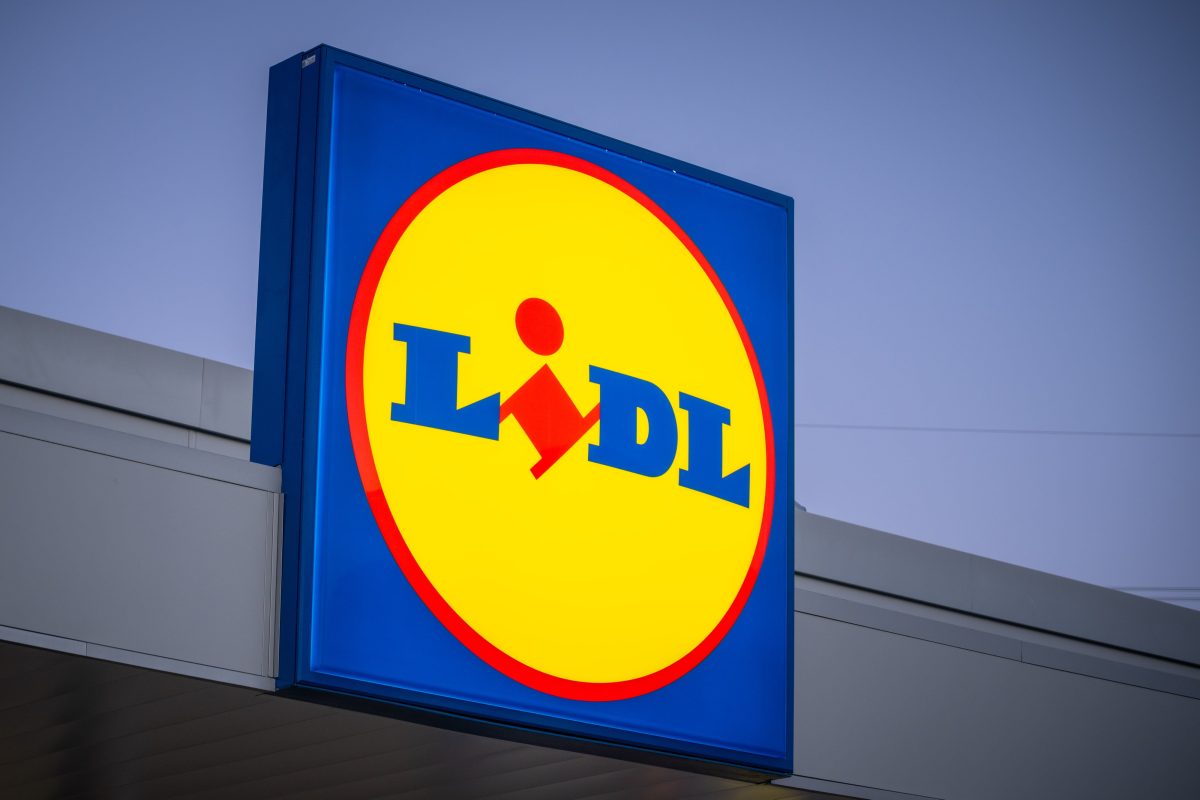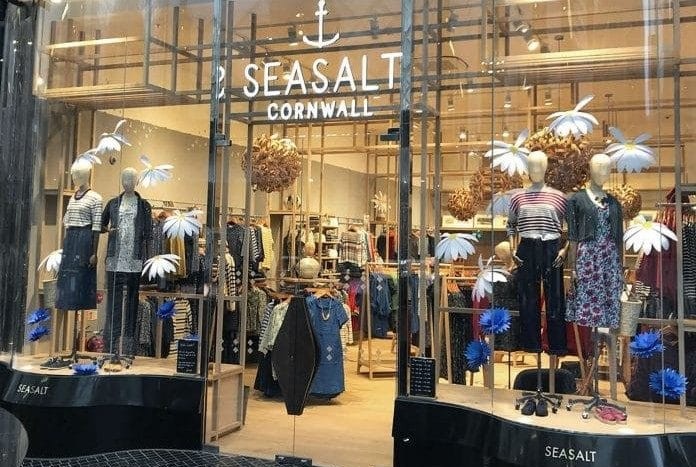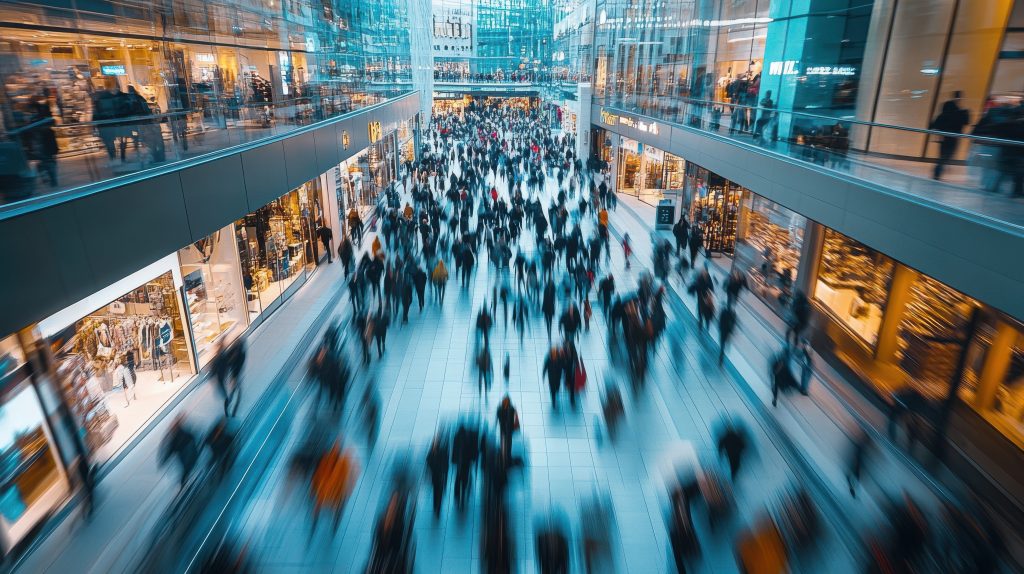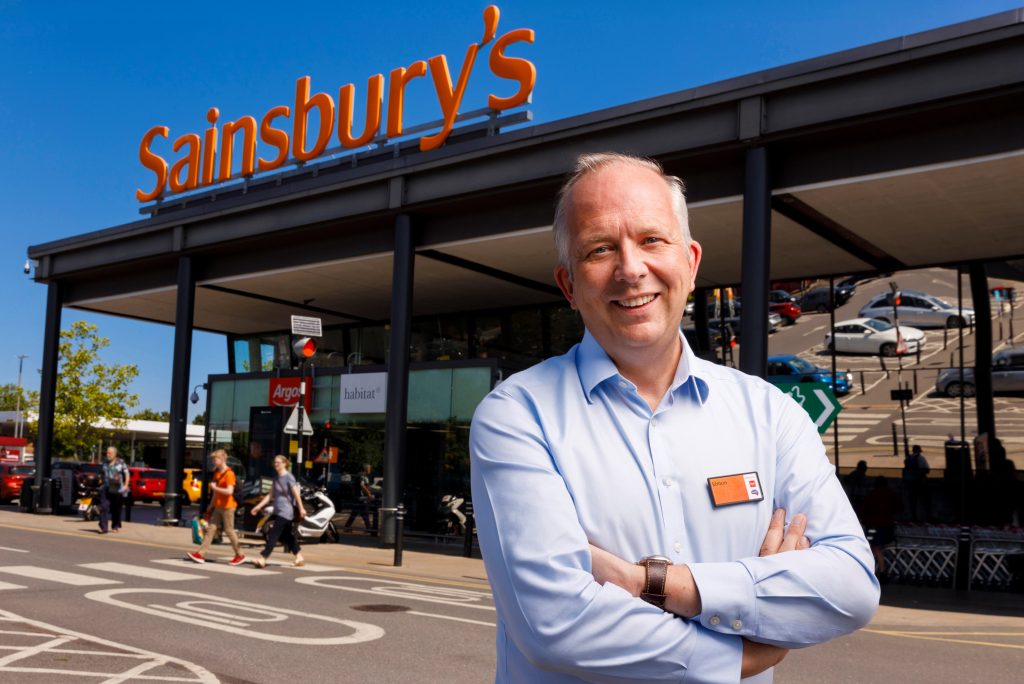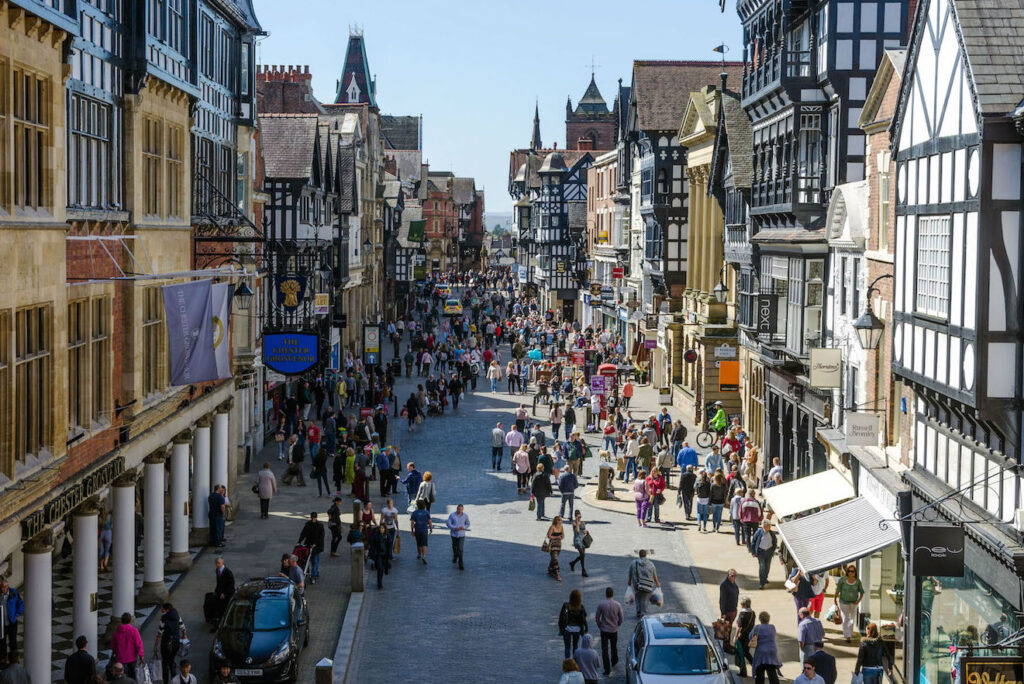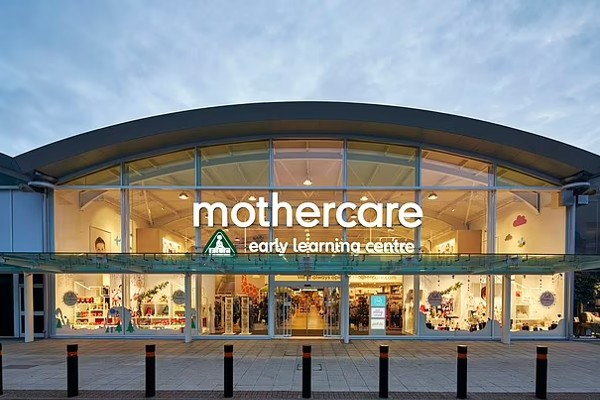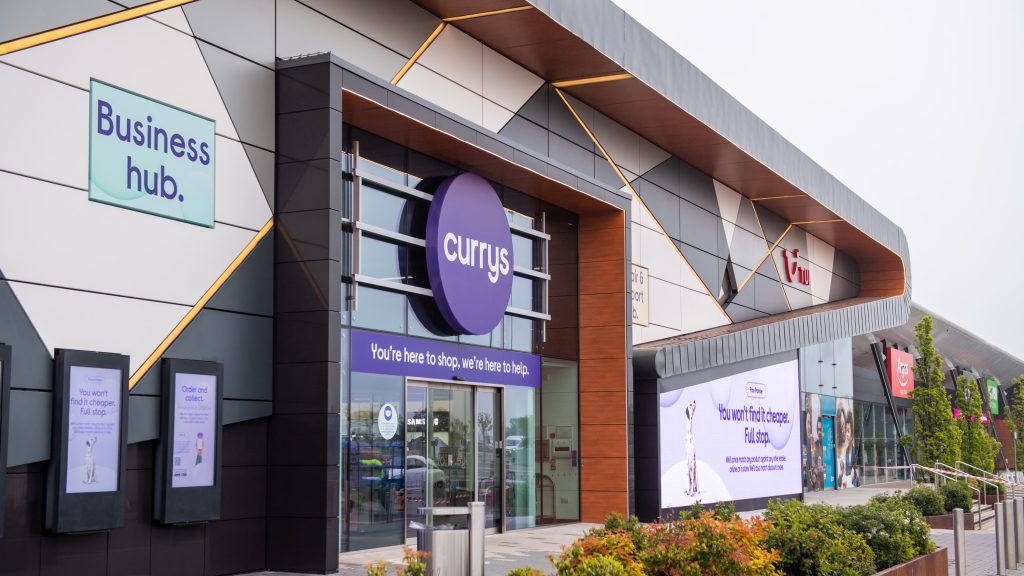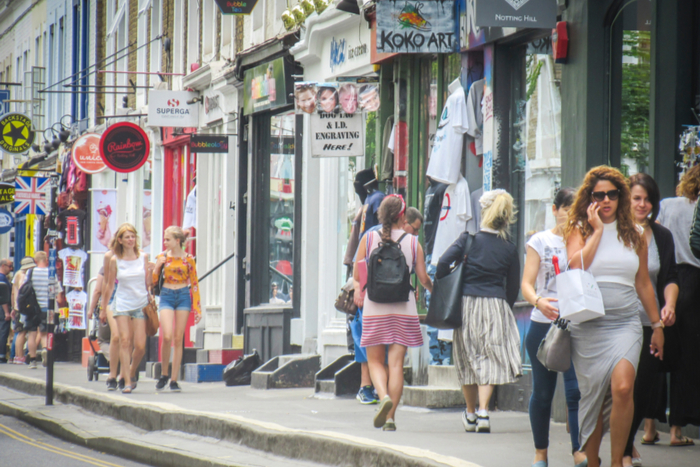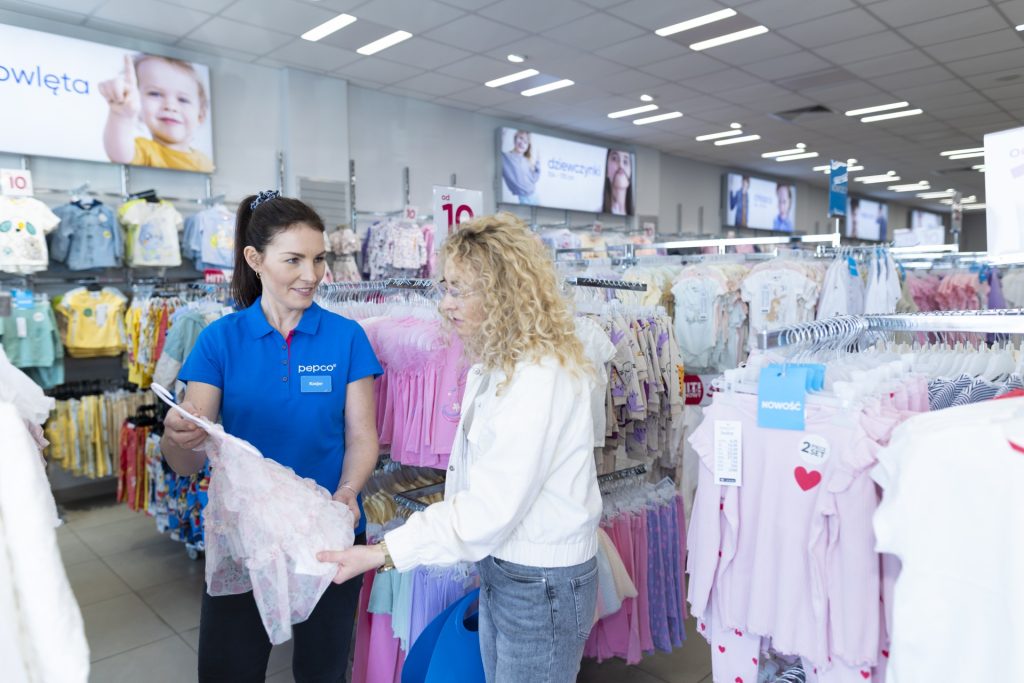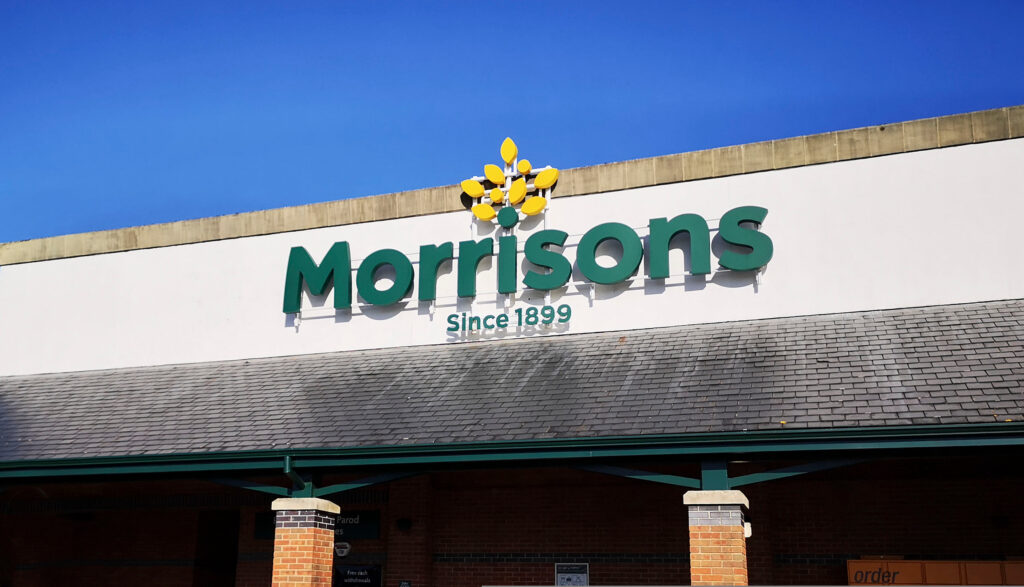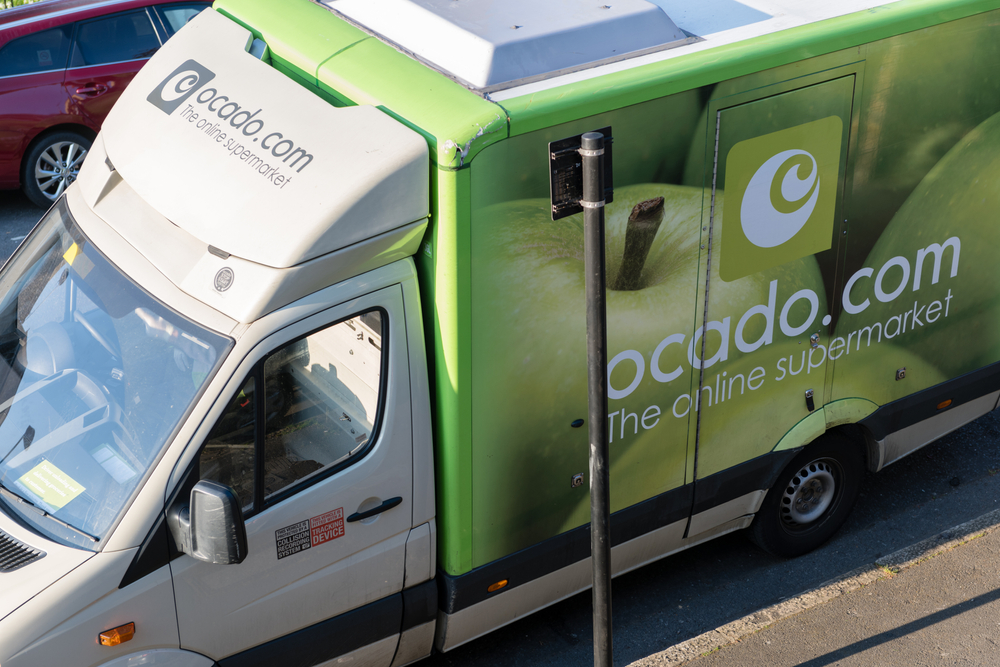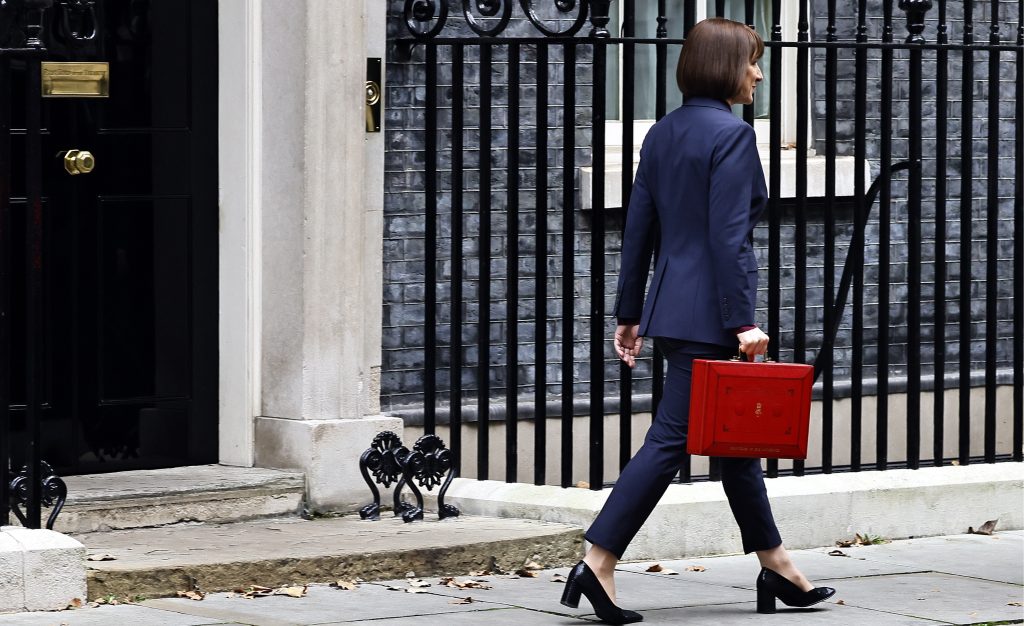Even a casual observer can see how the in-store retail experience has vastly changed for shoppers over the past decade.
Since 2002 we have seen an inexorable rise of desirable, lifestyle-led brands from personal technology through to luxury goods. Subsequent growing consumer demands for design alongside functionality loom large over the retail space.
How these companies have chosen to communicate with their customers has similarly altered to fit this new landscape – through advertising and product lines but notably how they present themselves in the store environment.
Over the past ten years since our inception, we have worked with a number of tech brands on their retail presence and noted this change in the landscape. Through recession and now double dip, stores have seen ever more sophisticated retail marketing and access to sales and shopper data.
A previous rush for retail share of voice is now much less evident but still relevant in crowded categories such as consumer tech. It is now more usual to see modern demonstration day‘s in-store focused on ROI and ensuring a sales upswing from the activity rather than simply brand recognition.
Furthermore, this brand experience in-store is often driven in the modern retail world by staff trained to sell ancillary products such as add-on finance or product insurance, than a simple desire to shift the big ticket items alone. This makes for a much more immersive and successful store experience for the shopper, who encounter salespeople able to offer a holistic solution to their needs rather than the hard sell for a specific product.
We have also seen an evolution of the retail space itself – namely, branded displays creating a ‘shop in shop‘ format. This represents a great focus from the retailer in terms of recognising the power of the assets they hold – the experience in-store for their shoppers not only for their brand but for the brands they stock.
There has been a real increase in the number of name brands seeking standout in the retail space and paying for this space – particularly in specialist consumer tech arena retailers like PC World but also in the major supermarket multiples like Tesco.
The greatest game changer over recent years however, would have to be how brands and consumers alike are demanding ever greater value from their retailers and suppliers – often in return for much less.
For consumers, this may be a combination of a growing awareness of the worth of their personal data to brands and retailers. This is something which has been exacerbated by the proliferation of price comparison sites and discount voucher code amalgamators furthering shoppers already at home with deal-seeking. This power reversal in terms of brand communications will only strengthen as marketing channels and technology increases and the individual‘s time and attention is spread across ever more gadgets and devices.
Another powerful factor in this drive towards greater value from interactions for both brands and consumers: few will be willing to invest in large financial outlays without some guarantee of return.
For retailers this means they are encountering an ever greater drive to discount, cutting their own profits in the process: in the face of threats from online retailers who lack the overheads of physical store space we have seen many electrical retailers themselves move to entirely digital operations, and some – like Best Buy – enter the UK market before sinking.
There is little doubt that times are tough for many. However, investment in the retail space is proven to pay off, and with retailers keen to monetise their space and grow a revenue stream, consumers open to engagement and brands seeking standout, the location where many still make the bulk of their physical sales is the logical place for all three factors to converge.
As we have seen, the retail en


